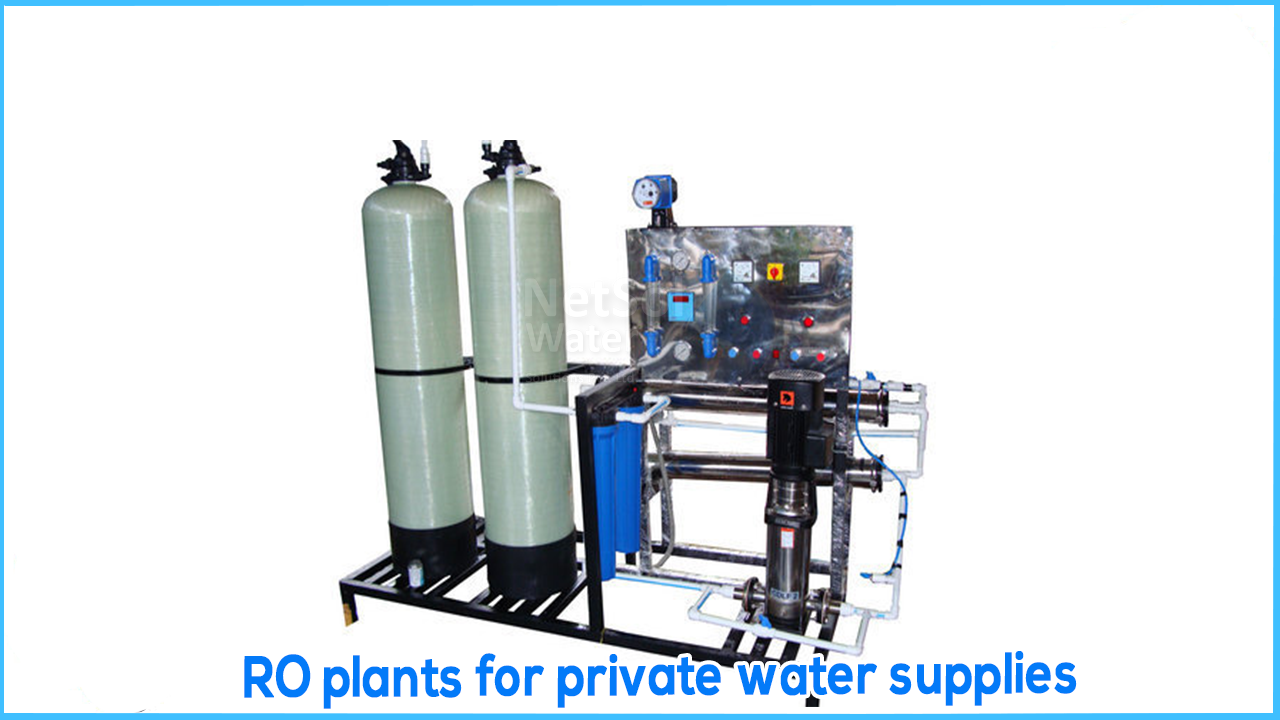What are Private Water Supplies?
According to the U.S. Environmental Protection Agency (EPA), individual water systems consist of the use of non-public sources and private water systems. Private water systems, also known as individual water systems, are made up of private home wells, cisterns, and bigger private water systems that service many residences. Private ground water wells are often used to deliver water to a single home. Private water systems serve not more than 25 persons and don’t have more than 15 service connections for at least 60 days of the year (varies by state). Every building that is served by the same private water system is regarded as a service connection for that system. The majority of private water systems rely on groundwater wells.Private wells or any other individual water system, such as rainwater collecting, are not covered by any law that safeguard public drinking water systems.Drinking water that is free of contaminants is crucial for optimum health. Unless properly safeguarded and cleaned, all private water supplies might represent a health risk. Bacteria, protozoa, parasites, viruses (microorganisms), and other items may contaminate them. Many of them are safe, but some of them can cause significant sickness or even death in persons who are vulnerable.
You might not be able to tell if your water is safe because pollution doesn't always show up in the form of a bad odour, taste, or colour. Many private supplies are not treated to remove contaminants, unlike public supplies. As a result, it is the responsibility of each water system owners to ensure that their water is free of contaminants.
If your private water supply is tainted or may become contaminated, you can and should install treatment. If the supply serves more than one family, it is better (and possibly more cost-effective) to treat the entire supply rather than individual residences. There are many various types of treatment, and your choice must be based on your specific supply and the type of contamination.
Possible contaminations come in the form of-
Micro organisms
Water that has been contaminated with certain microorganisms can cause a variety of dangerous ailments. Animal droppings are the most frequent source of water contamination. Water supplies derived from cultivated land where animals graze or manure is spread are particularly vulnerable. The risk is particularly great during periods of heavy rainfall, when water may rush directly off fields and into private water systems, carrying microorganisms. Another possible source of contamination is discharges from cess pits or septic tanks.
Chemicals
For example, nitrate and sheep-dip chemicals, as well as other pesticides, are employed in farming and forestry. Water with high nitrate levels is especially bad for newborns who are bottle-fed. The appearance, taste, and odour of the water may be affected as a result of these factors.
Lead
It is especially dangerous to children under the age of six. If your water supply travels via a lead tank or pipes, either outside or inside the home, your water will most likely include a considerable quantity of dissolved lead, and you may need to repair your tank or pipes.
The best solution to stay safe is to get your water checked for any contamination and install a suitable RO to safeguard the valuable lives and consult Netsol Water for easy solutions.




